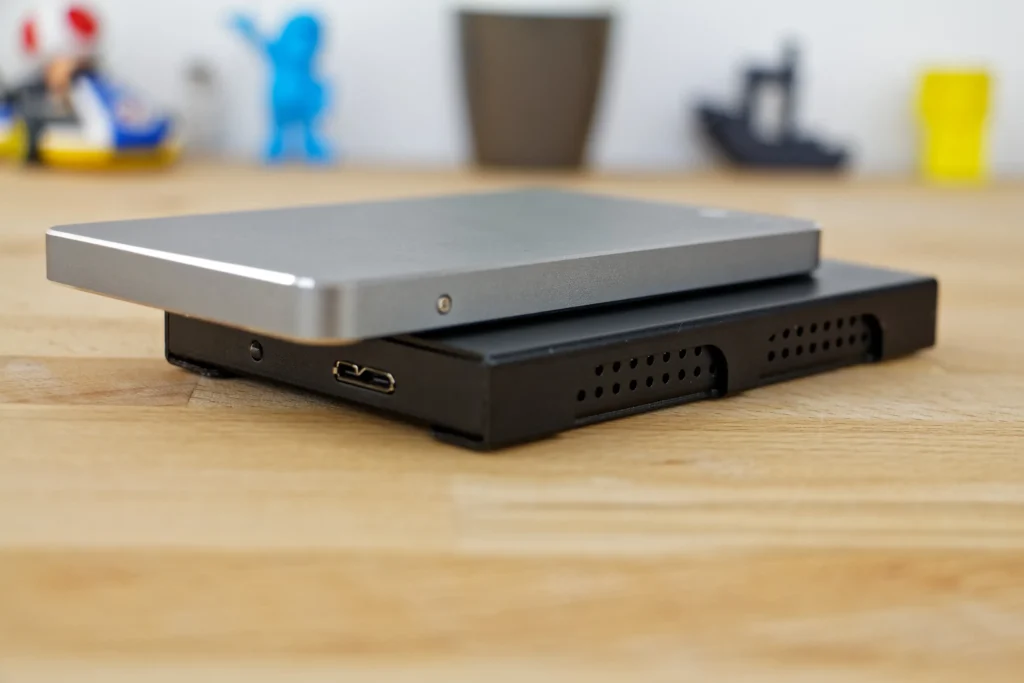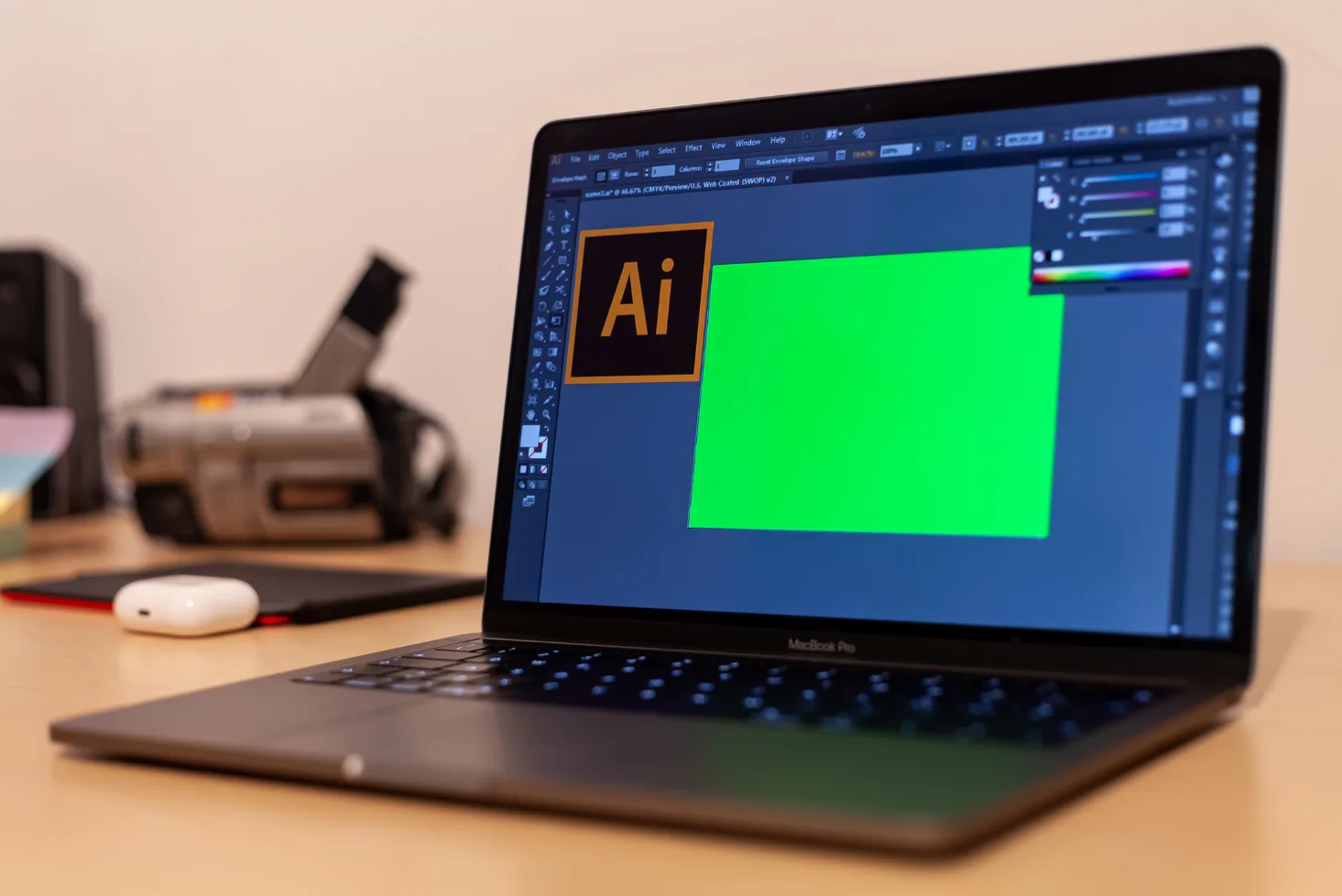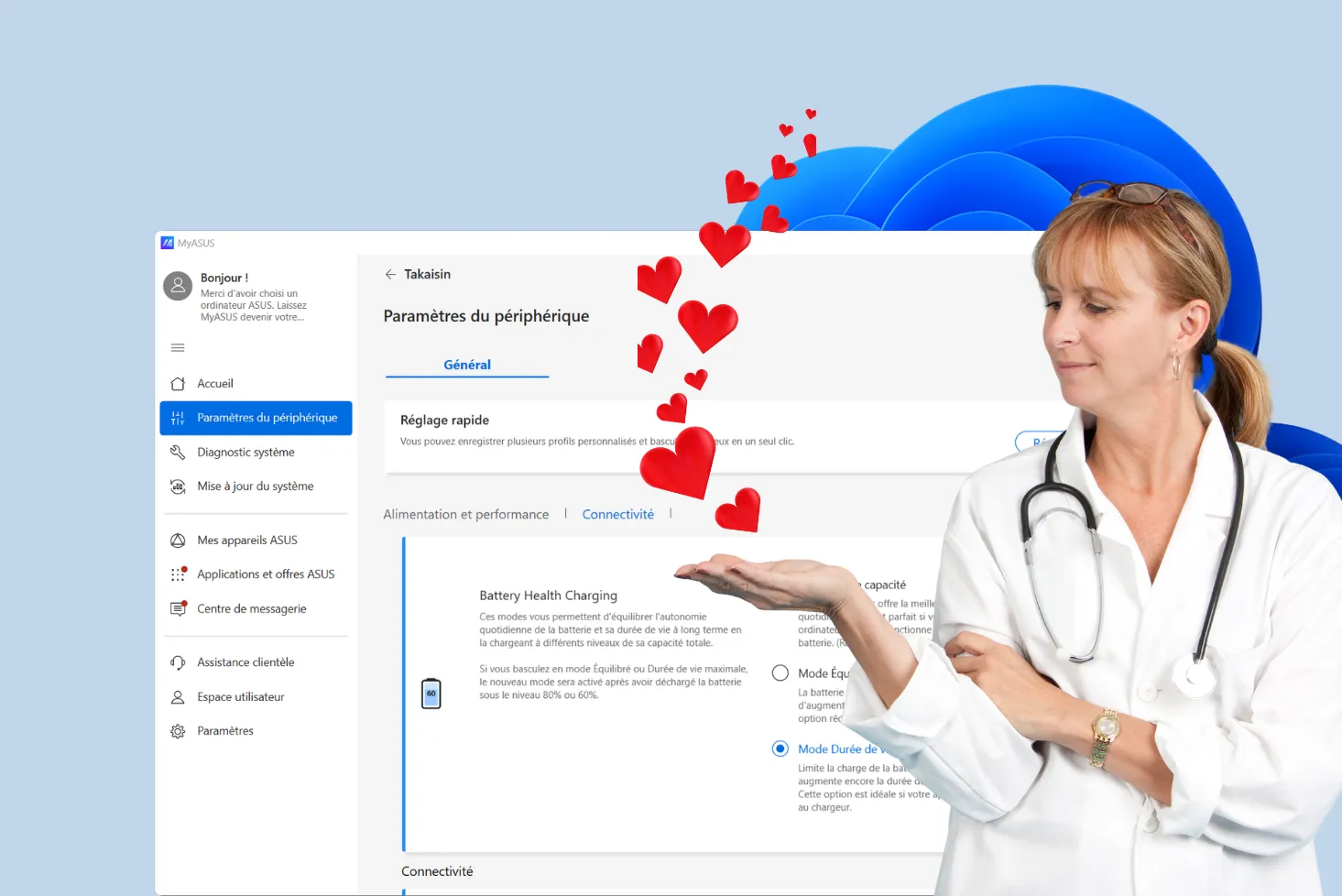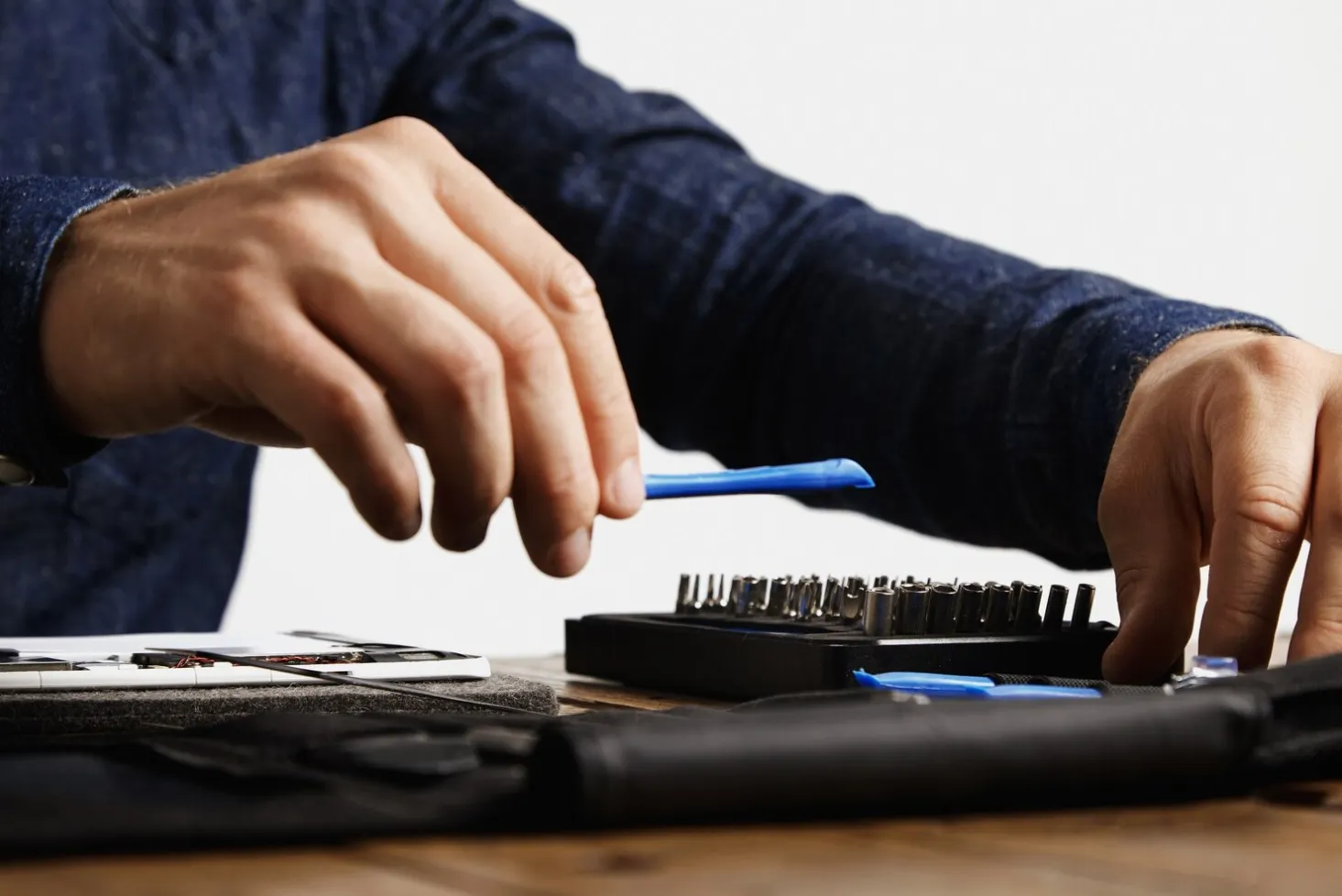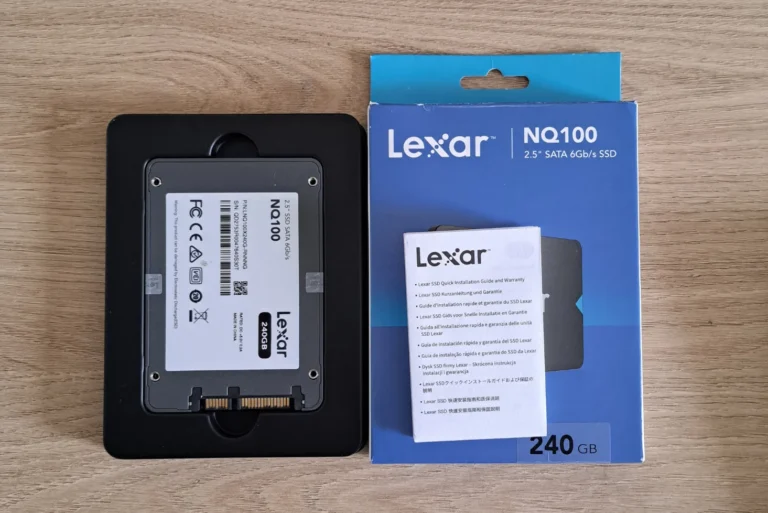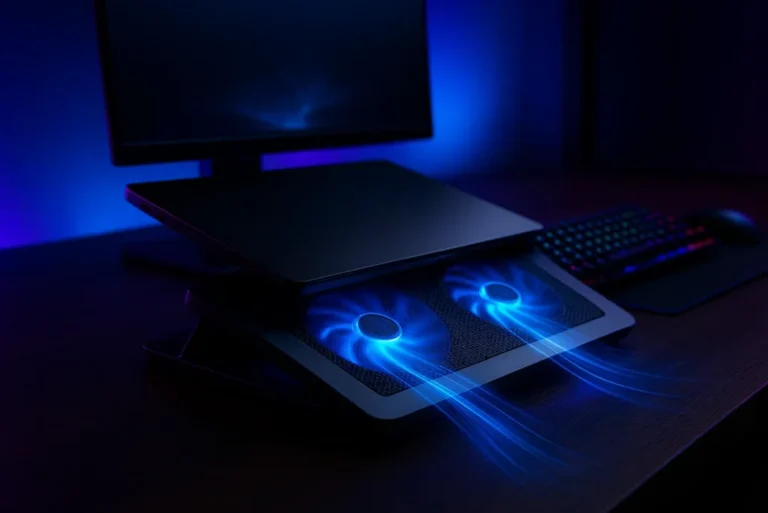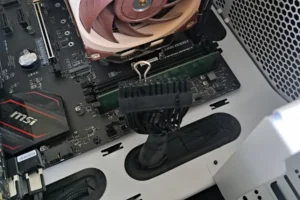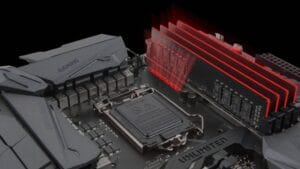Would you like to reuse your old hard drive for affordable computer hardware? Good news: you can reuse an external hard drive that’s no longer in use. For example, after upgrading to a new, more powerful hard drive.
How to Turn an Old Hard Drive (HDD or SSD) into External Storage?
- Recycle your old hard drive into an external storage device
- Buy a SATA or NVMe adapter box, depending on your storage requirements
- Test and check: is the hard disk still reliable?
- Hard disk not detected
Recycle your old hard drive into an external storage device
Although your hard disk is slower than a SATA SSD, you can still use it to store backups, photos or any other files you don’t use every day.
Instead of spending a hundred euros on an external hard drive, you can convert the one you already have for around twenty euros. In this way, you help to reduce the amount of waste, while still having a fully functional drive.
You can now retrieve the hard drive and move on to the final step to transform your internal hard drive into an external one.
Buy a SATA or NVMe adapter box, depending on your storage requirements
To convert your internal hard drive into an external storage device, just follow a few simple steps. Once you’ve collected your old hard drive, you’ll need an external enclosure compatible with the type of drive you have (usually SATA). These enclosures are available at affordable prices and are easy to assemble. Once your drive is installed in the enclosure, it connects to your computer via a USB cable. And you’ve got yourself a portable, eco-friendly external hard drive.
I’ll give you direct links to the right products (the best brands are Sabrent and Ugreen):
For SATA HDDs or SSDs: SATA to USB enclosure
For M.2 NVMe hard drives: NVMe to USB enclosure
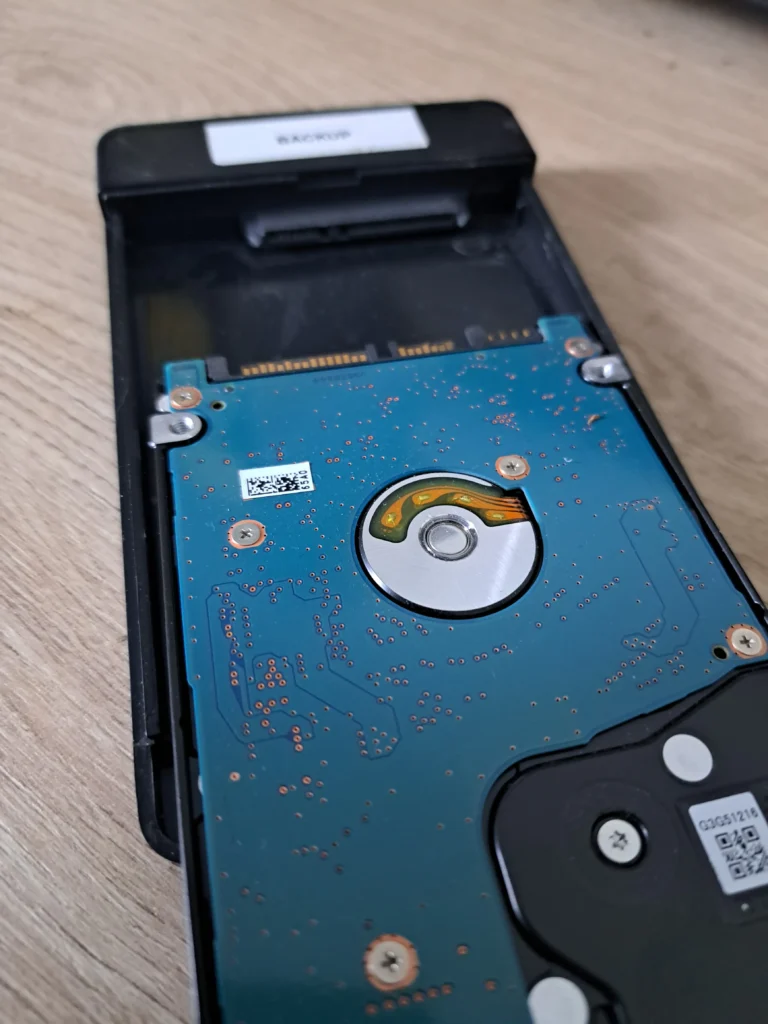
In just a few minutes, you’ve transformed your old internal hard disk into a fully functional external drive, ready to be used to store all your important data. Not only is this a practical project, it also gives you the satisfaction of reusing existing equipment while helping to protect the environment.
Test and check: is the hard disk still reliable?
Before reusing your old hard drive as an external storage device, it’s important to check its health to make sure it’s still reliable. A faulty hard drive could result in the loss of your data, which is obviously something to be avoided. One of the most popular free tools for this purpose is CrystalDiskInfo.
CrystalDiskInfo: a powerful tool for assessing the health of your hard drive
CrystalDiskInfo is a lightweight, freeware program that gives you detailed information on the condition of your hard disk. It relies on SMART (Self-Monitoring, Analysis, and Reporting Technology) data, a technology built into most modern hard disks, to monitor various indicators of disk health.
How to use CrystalDiskInfo to test your hard disk?
- Download CrystalDiskInfo: Start by downloading CrystalDiskInfo from the official website.
- Start program: Once installed, open CrystalDiskInfo. The software will automatically detect all hard disks connected to your computer, whether internal or external.
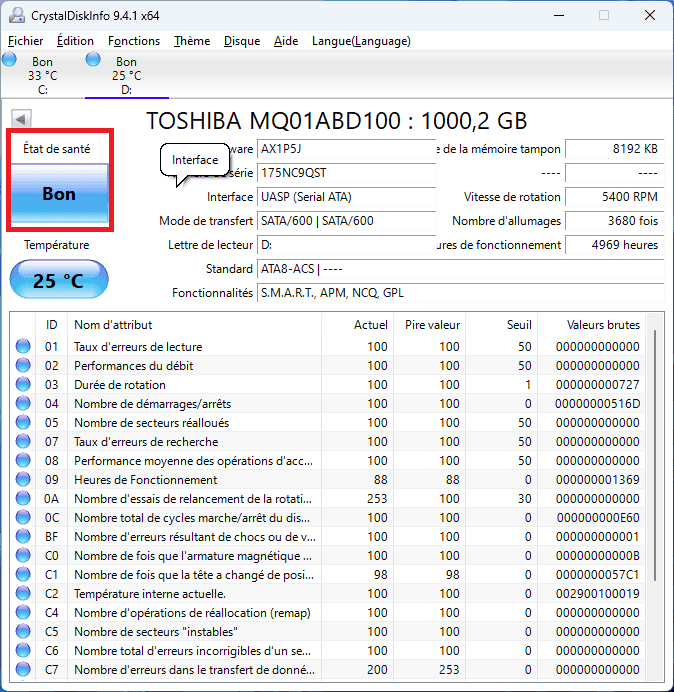
- SMART data analysis: CrystalDiskInfo displays a summary of SMART data in tabular form, with indicators such as disk temperature, read error rate and number of sectors reallocated. The most important parameters to check are general disk condition, temperature and any alerts on defective sectors.
Interpreting the results: The state of health of the disc is summarized by a color:
- Blue: The disc is in good condition.
- Yellow: The disc is showing signs of wear or minor problems, and you are advised to monitor its progress.
- Red: The drive is in poor condition and at risk of failure. It is strongly recommended not to use it to store important data.
If CrystalDiskInfo indicates that the disk is in good condition, you can continue to use it with confidence.
If problems are detected, it’s best not to use the hard disk again. Consider buying a new hard drive or SSD for a more reliable long-term storage solution.
Hard disk not detected
The hard disk may not be displayed on the computer, so if it doesn’t contain any data, you’ll certainly need to allocate a drive letter to your disk.
If your needs are limited to storing less-used files, such as photos, documents or backups, the speed of your old hard disk will be sufficient.
However, for tasks requiring higher speeds, such as video editing or transferring large files continuously, an SSD will be more suitable.
We strongly advise against reusing a defective or partially damaged hard disk, as this could result in the loss of all your data. To guarantee the security of your files, you should buy a hard disk in good condition.
